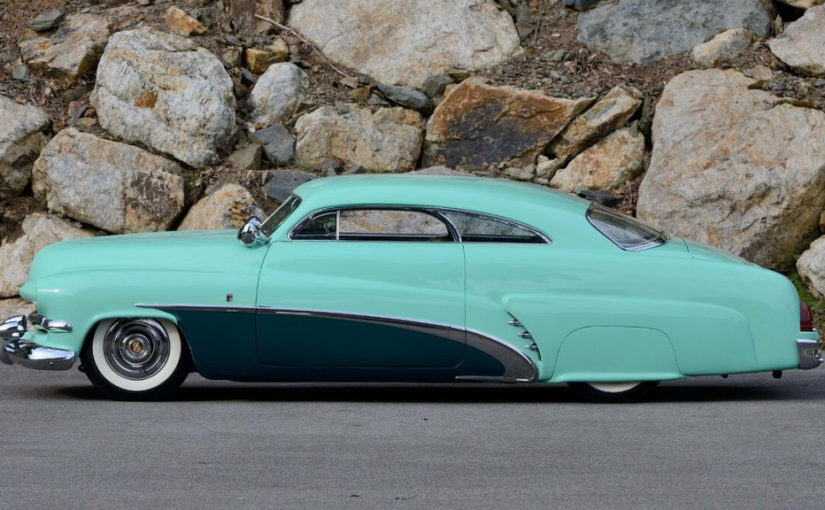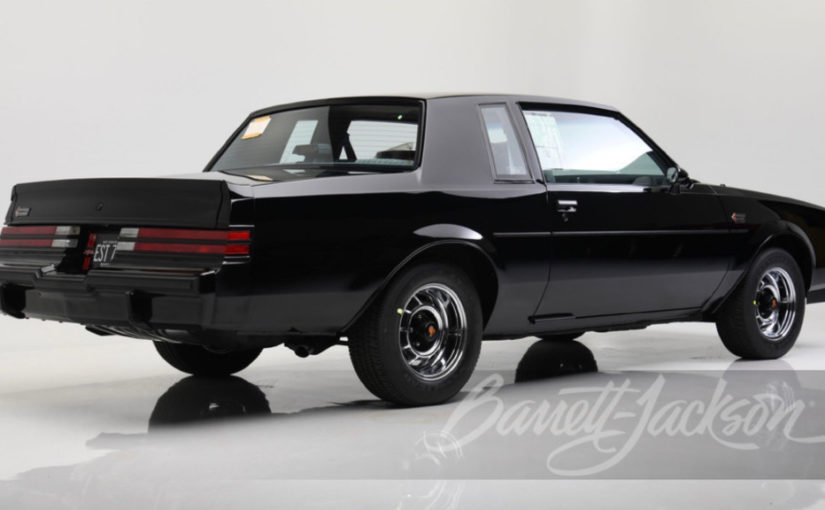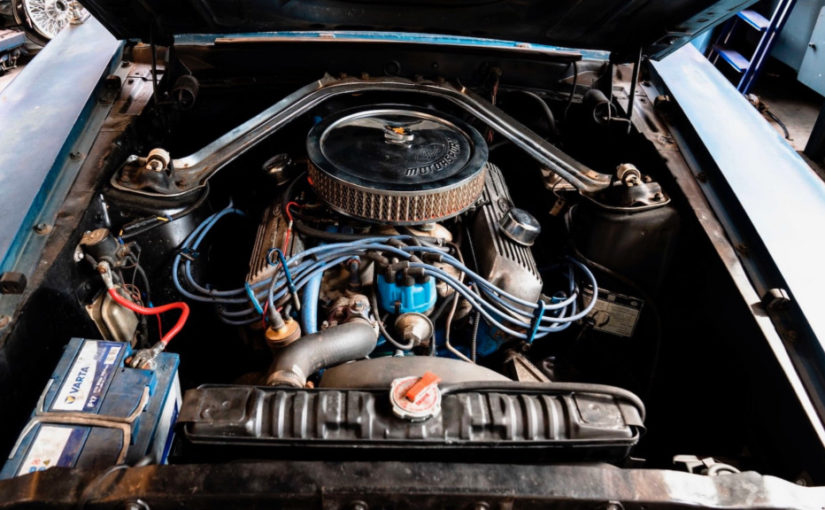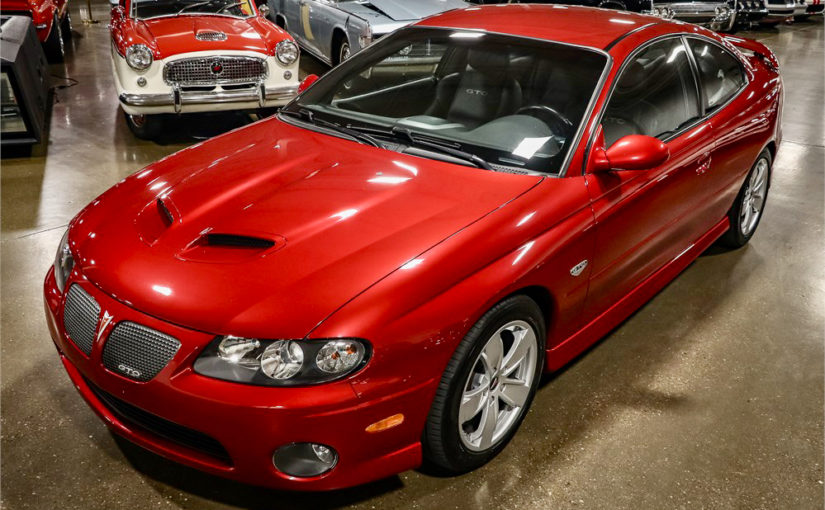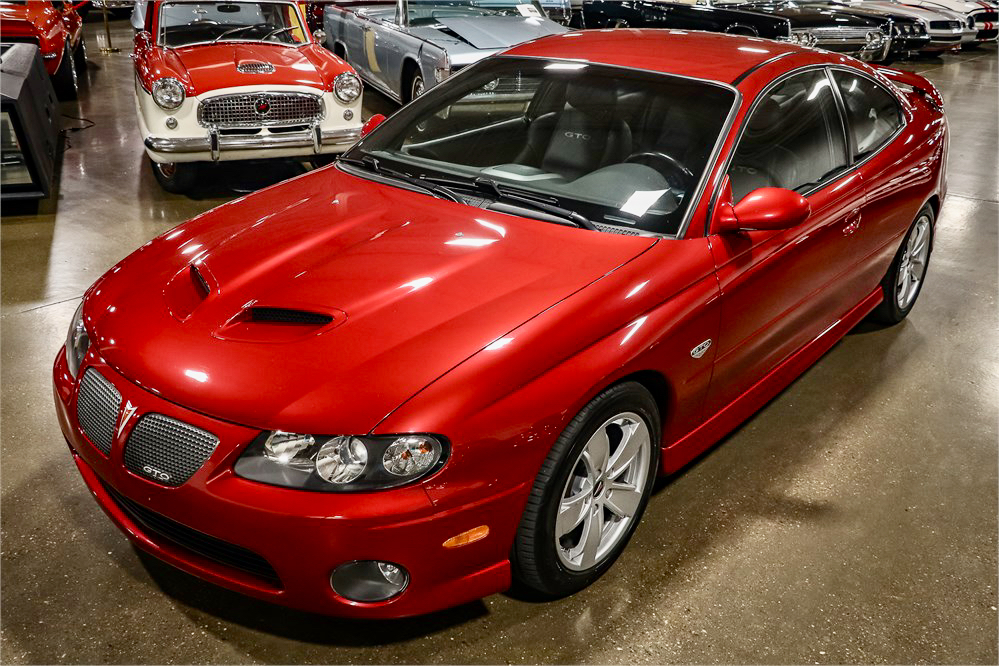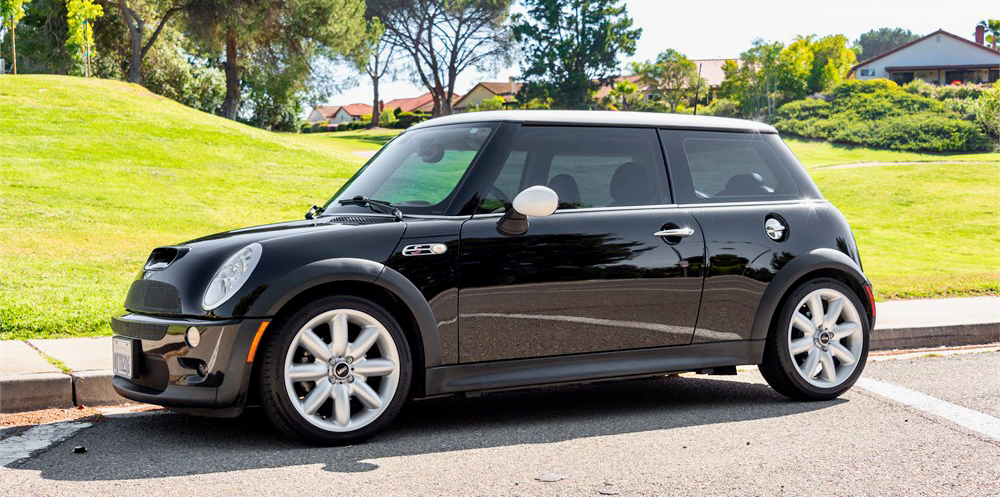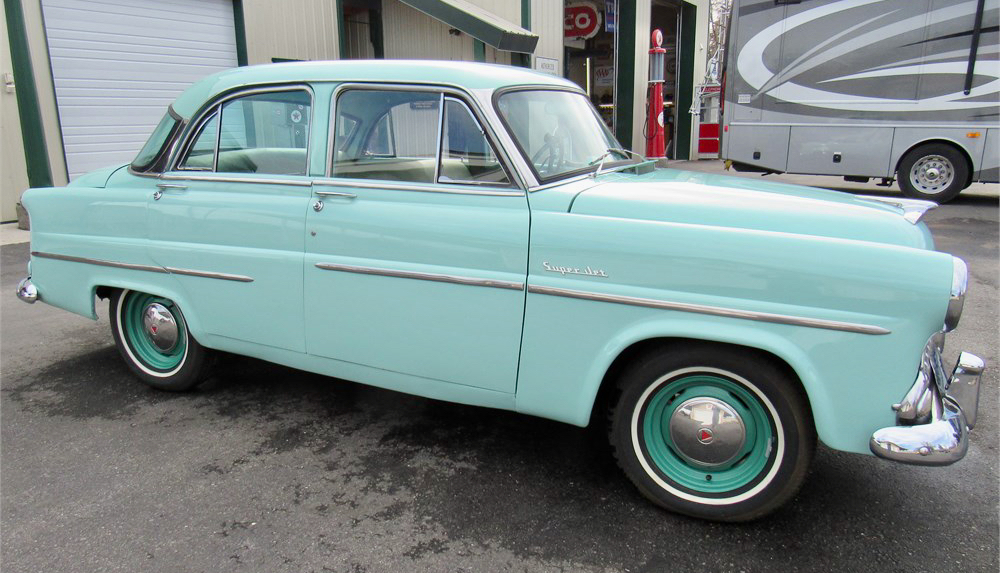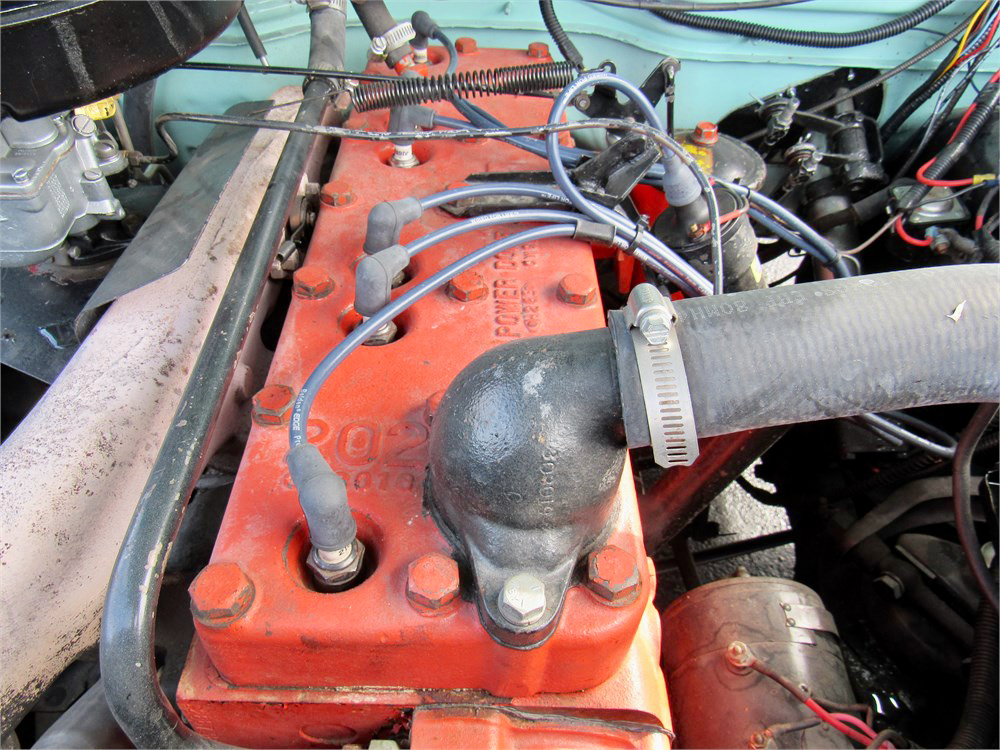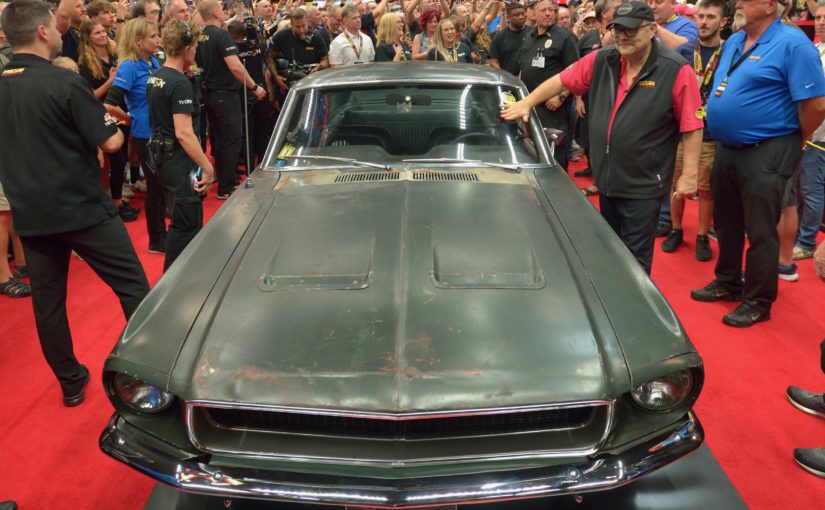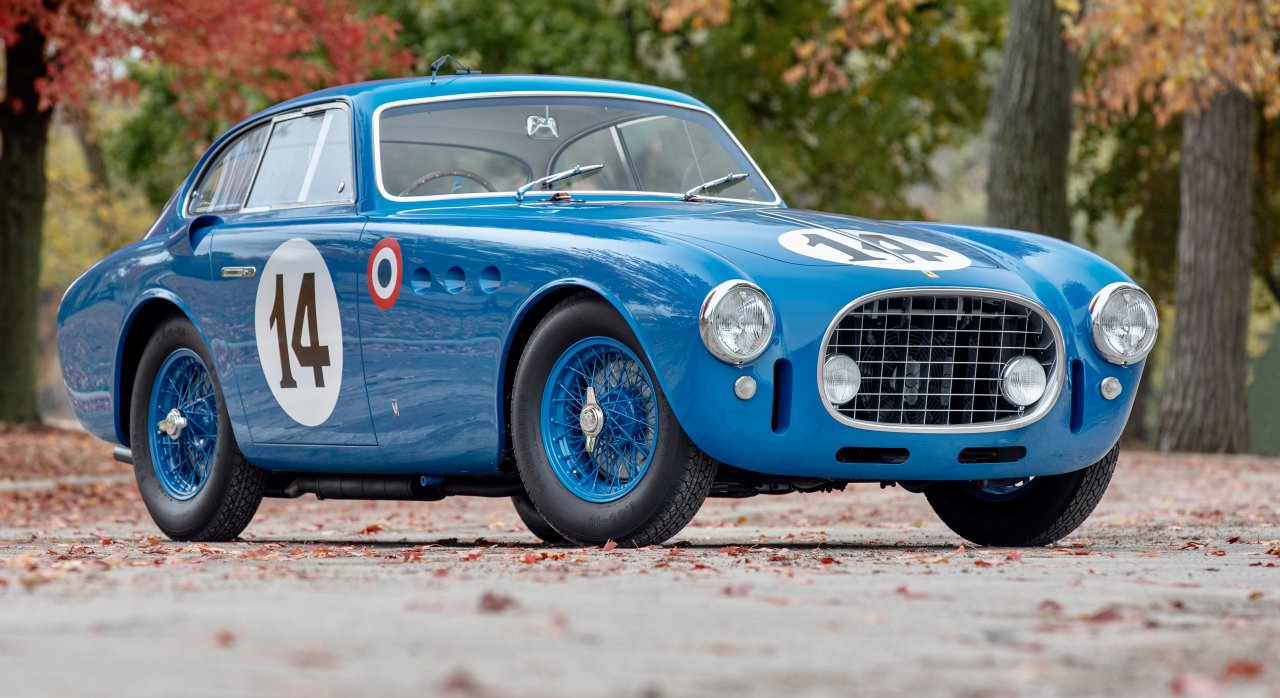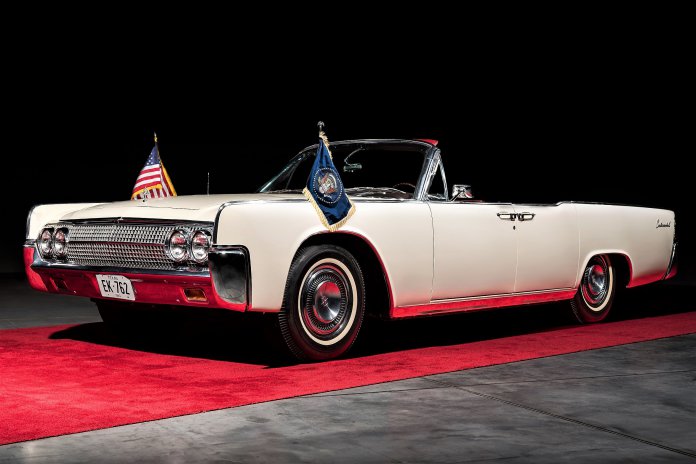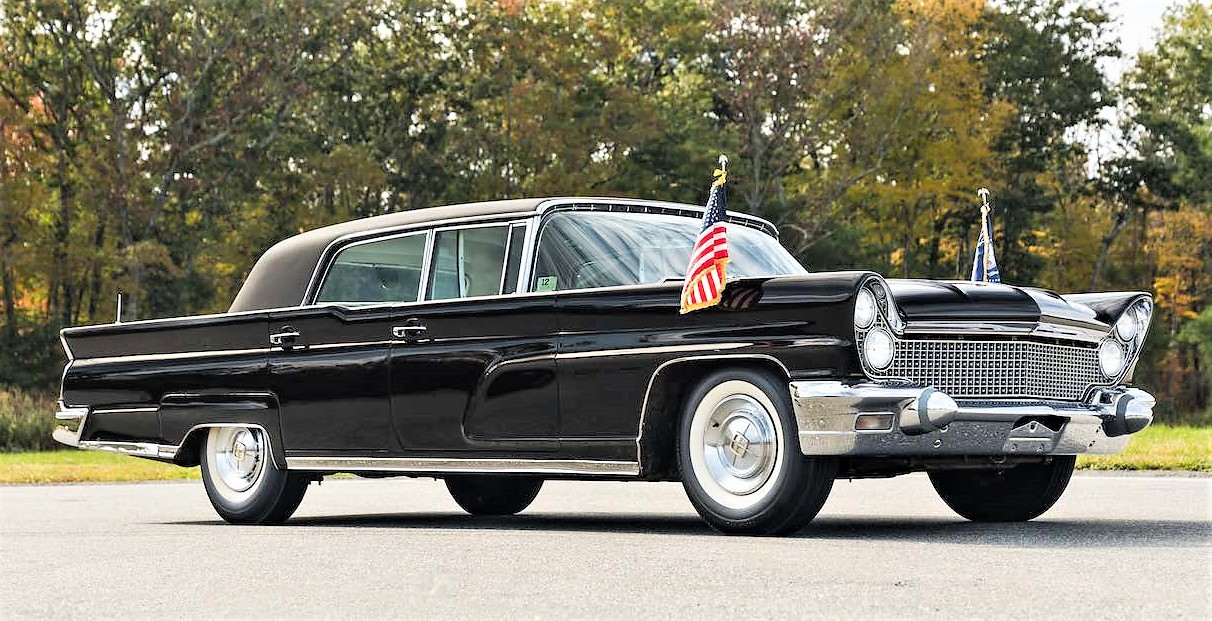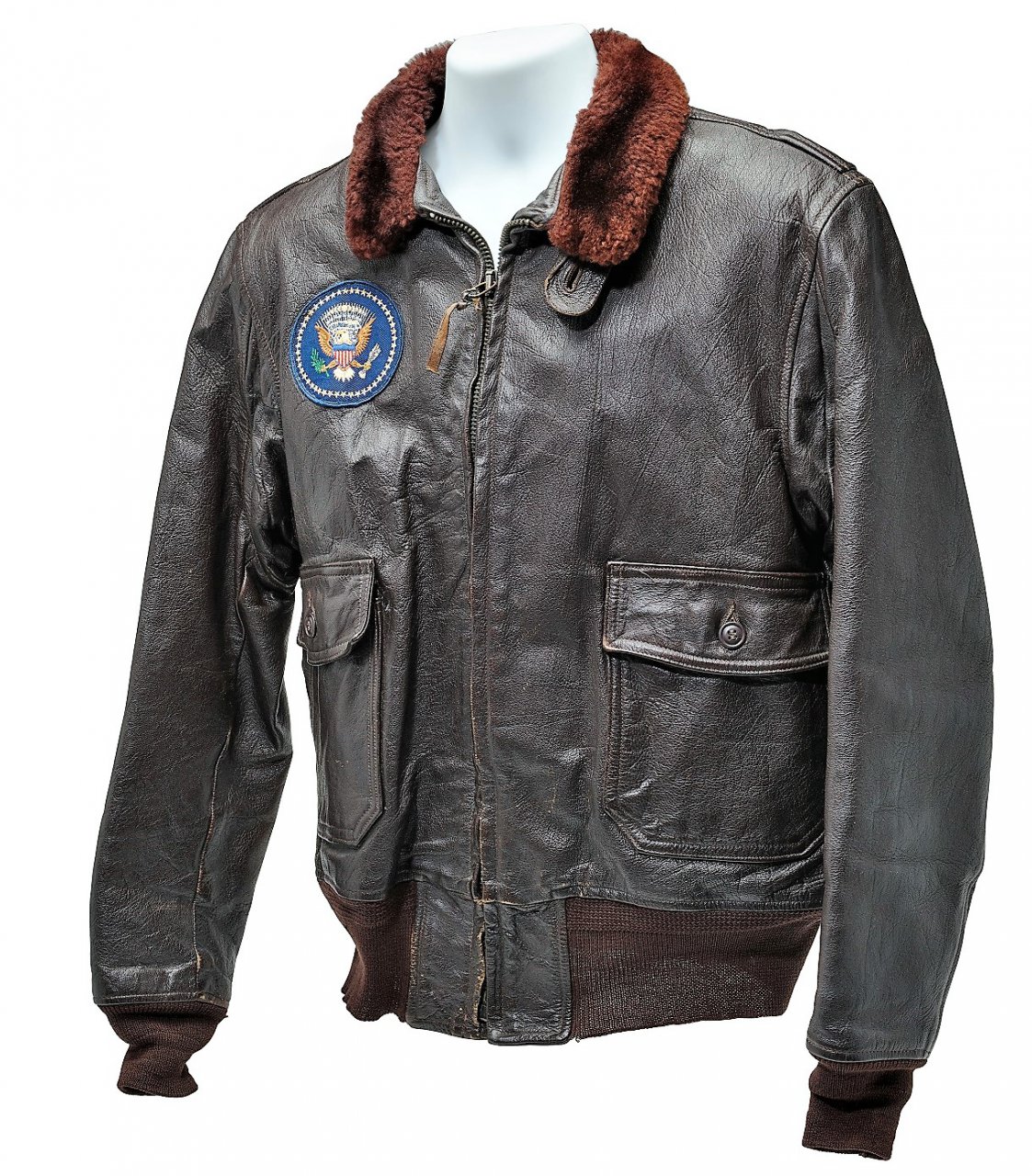An icon of the custom car era, Bob Hirohata’s 1951 Mercury customized by the Barris shop, will go up for grabs at the Mecum Kissimmee (Florida) auction to be held Jan. 6-16.
The rise of custom car culture paralleled hot rod culture in the post World War II period. Many shops in Southern California began customizing 1949-’51 Mercs, using the slab-sided bodies as blank canvases for their vision of what cars could be. Chopping the tops, channeling the bodies, and shaving the trim for a smoother look transformed what was otherwise deemed a frumpy design.
The Hirohata Merc is viewed as the pinnacle of Merc lead sled design, and is recognized as the most famous custom of all time. Built by the Barris brothers, George and Sam, at Barris Kustom, it received all the right changes to make it look sleek and elegant, but not overstyled.
The main changes reworked the profile. The shop chopped the top four inches in the front and seven inches in the rear, leaned the the rear window forward, and replaced the B-pillars with channel stock to give the coupe a hardtop look. To give the car its low stance, the Barris brothers cut the front coil springs, C-sectioned the rear frame, de-arched the rear leaf springs, and set the rear on two 1.5-inch lowering blocks.

1951 Hirohata Mercury
Along the sides, the Barris brothers replaced the straight fender trim with rounded trim from a 1952 Buick Riviera that provides a delineation for a two-tone Ice Green and Organic Dark Green paint scheme. The bright color was a departure from the many dark colors on customs of the day. Large fender bulges were added to the rear, fronted by functional handmade scoops decorated with teeth from a 1952 Chevy grille.
At the front, the grille was shortened and a new handmade grille bar inserted. The bumper was modified, the headlights frenched (the trim rings molded into the fenders for a cleaner look), and wraparound parking light moldings were made using 1950 Ford parts. The hood lost its chrome and was extended and reshaped to fit with the new grille opening. The rear was given frenched 1952 Lincoln taillights.
Inside, the car received a rolled and pleated upholstery. Noted pinstriper Von Dutch applied his art to the dash, and Hirohata himself made his own teardrop dash knobs from plastic.

1951 Hirohata Mercury
Once the customization was complete, Hirohata had the engine swapped with the mill from a 1953 Cadillac, earning the car the nickname “Mercillac.”
The car won several awards, was featured in numerous magazines, and appeared in the 1955 movie “Runnin’ Wild.” Hirohata drove it for a few years, then sold it in 1955. In 1959, a high school student named Jim McNeil found it on a used car lot. He drove it until 1964, and then put it away. It resurfaced in 1989, when Rod & Custom editor Pat Ganahl coaxed McNeil into restoring the car with the magazine’s help.
The revived Hirohata Merc appeared at the Pebble Beach Concours d’Elegance in 2015, and was then added to the National Historic Vehicle Register.
Now, this piece of automotive history can be yours. We’ll see if it sells and how much it goes for in January.
